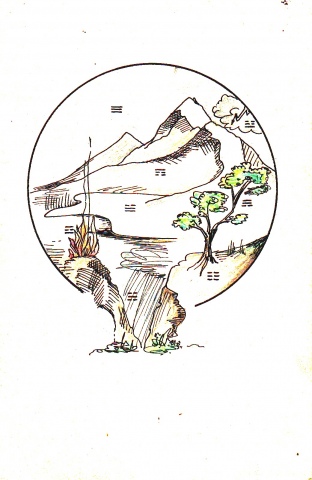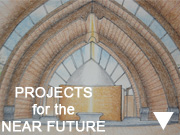feng shui
In Feng Shui one seeks a balance between yin and yang to harmonise the living space. The energy is further divided into the five elements (water, wood, fire, earth and metal) and the 8 trigrams (sky, lake, fire, thunder, wind, water, mountain and earth) and the position view of 'turtle, green dragon, phoenix and white tiger'.A FE- geomant first reads the influencing factors of the environment or the genius loci. This includes the telluric studies.
Then he examines the "energy flow" inside and outside the building including the shape influences. From the thousands of aspects, we give a few examples:
· sharp corners are to avoid,
· poles are not placed in front of a front door.
All architects should know these elements at least.

A further step is the Eight Mansions Feng shui. Depending on the position of a room related to the wind direction, advice is given for the inhabitants.. In feng shui, one distinguishes 24 different compass directions and associates them with aspects of space and time, colours, personal orientation, astrology and events. This links aren’t surprising. Don’t we feel different experiencing a sunrise or a sunset or a day or night. That is your first connection to understand the links in FE.
Feng Shui advices sometimes promise to easyly prosperity eg. by rearranging a room. This we may relativize, yet Westerners can learn from this vision on energy studying this relations.
Further there is the astrological Feng Shui: the Xuan Kong method. In Hong Kong there is no building constructed without advice according to this latter method. They even check every year if the energy of the year fits with the energy of the building.




